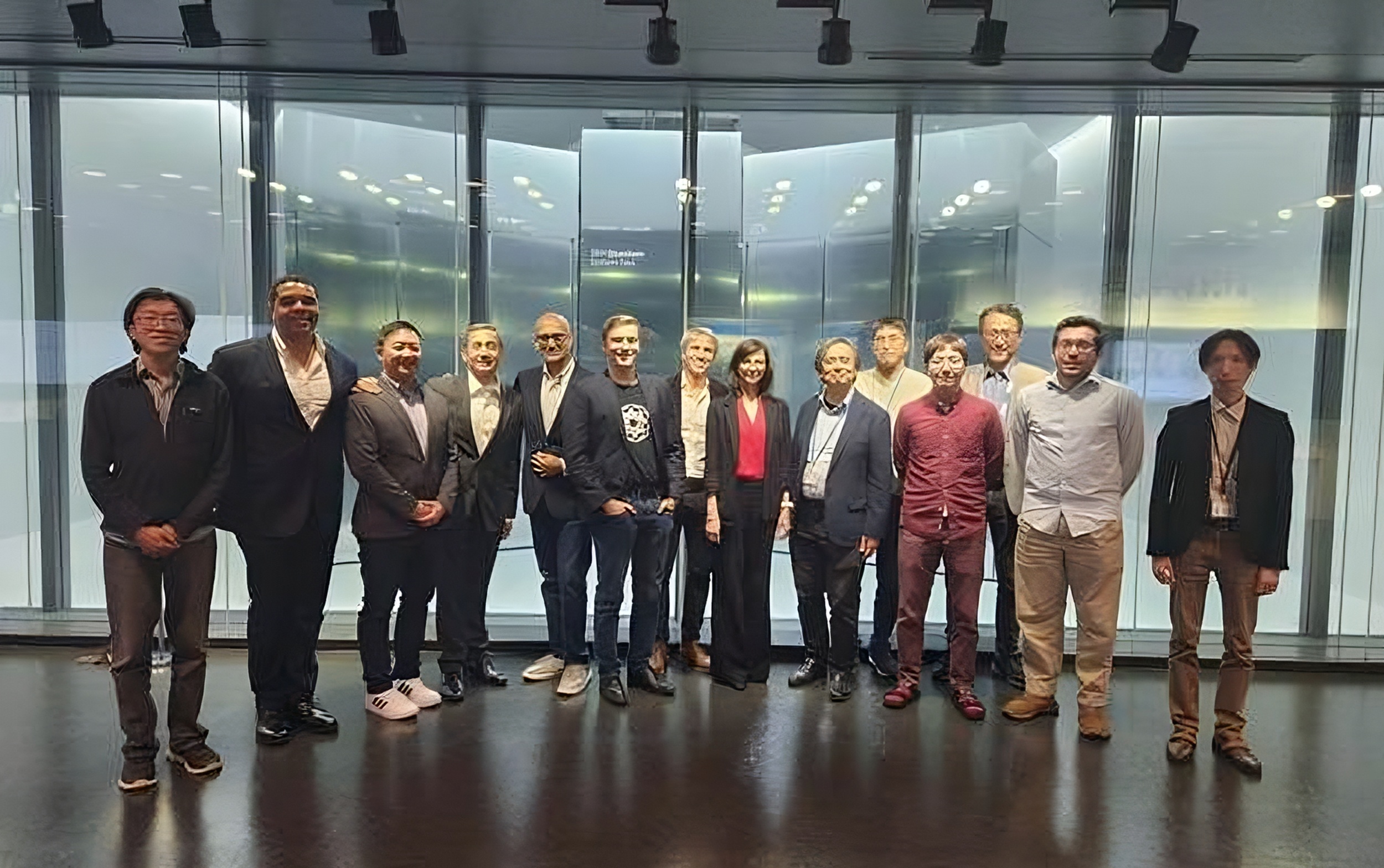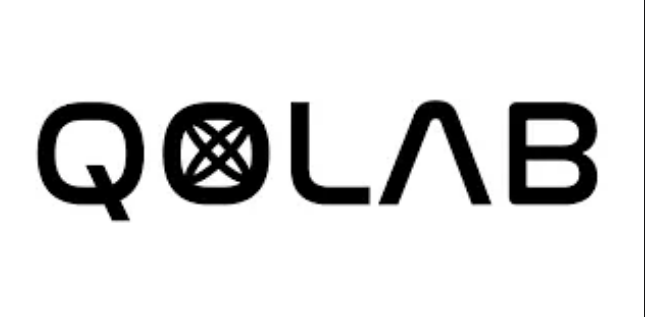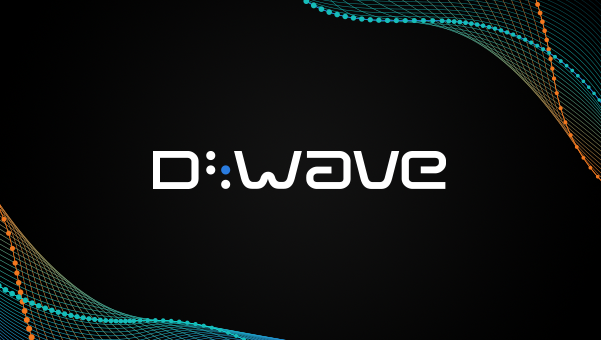Insider Brief
- Q-CTRL’s Fire Opal software has been integrated into RIKEN’s IBM Quantum System Two as part of Japan’s JHPC-quantum project, enhancing hybrid quantum-HPC capabilities.
- The integration enables over 1,000× improvement in accuracy and efficiency for quantum applications, supporting research in chemistry, machine learning, and physics simulations.
- This marks Q-CTRL’s first on-premises HPC deployment and its second major Fire Opal installation in Japan, advancing efforts toward practical quantum advantage.
PRESS RELEASE — Q‑CTRL, the global leader in quantum infrastructure software, and RIKEN, a national research institute in Japan, today announced the integration of Q-CTRL’s performance management software Fire Opal with RIKEN’s IBM Quantum System Two. The system is deployed within the RIKEN Center for Computational Science, Japan’s Premier High-Performance Computing (JHPC) center, and co-located with Japan’s flagship supercomputer Fugaku.
The integration is part of a project commissioned by the New Energy and Industrial Technology Development Organization (NEDO), an organization under the jurisdiction of the Ministry of Economy, Trade and Industry (METI). The project, commonly known as the JHPC-quantum project, aims to build a quantum-HPC integrated platform and explore quantum-HPC hybrid applications to run on the platform and expand computational domains.
“Our mission at the JHPC-quantum project is to develop quantum-HPC hybrid workflows useful to science and industry,” said Mitsuhisa Sato, Division Director of the Quantum-HPC Hybrid Platform Division, RIKEN Center for Computational Science. “Integrating Q‑CTRL’s Fire Opal into our IBM Quantum System Two environment gives users the ability to run more efficient, accurate quantum circuits without needing to change how they work. This is a meaningful step forward in enabling scientific and industrial progress through our quantum-HPC integrated platform.”

Fire Opal’s automated performance management and virtualization now enable users of the JHPC–quantum project to run Q‑CTRL’s error-reduction technology across any quantum application, delivering a more than 1,000 times improvement in both accuracy and efficiency, significantly reducing computational overhead. The integration supports dozens of research groups working on quantum chemistry, quantum machine learning, sample-based quantum diagonalization (SQD), and physics simulations.
“This integration of Fire Opal into RIKEN’s system demonstrates how we are making quantum computing more useful by enabling abstracted hybrid classical-quantum workflows and removing the performance barriers that have historically held back the field,” said Aravind Ratnam, Chief Strategy Officer at Q-CTRL. “We are proud to support RIKEN’s mission by delivering tools that accelerate outcomes for dozens of R&D teams focused on achieving quantum advantage in critical applications.”
Enabling hybrid quantum-classical computing has become a strategic priority for industry, demonstrating a belief in the near-term potential of quantum technology for practical utility. As core quantum hardware advances worldwide, infrastructure software like Fire Opal is playing a central role in enabling users to achieve meaningful quantum advantage from these platforms.
For teams focused on hybrid workflows, Fire Opal reduces the complexity of working with quantum hardware while enabling record-setting performance.
The JHPC-quantum project represents the first on-premises HPC deployment that Q-CTRL has undertaken worldwide, and is the second major Fire Opal deployment in Japan, following activation for IBM users at the Keio University Quantum Computing Center.
Learn more about Fire Opal via Q-CTRL’s website: q-ctrl.com/fire-opal

















